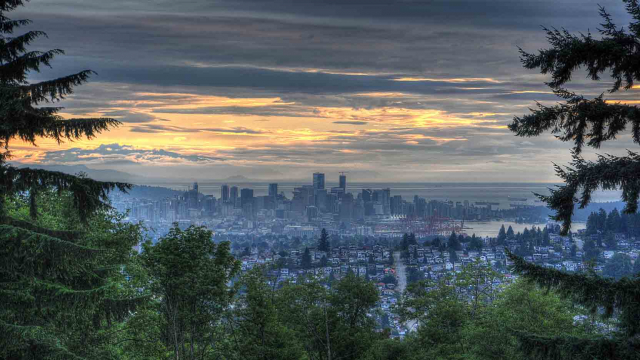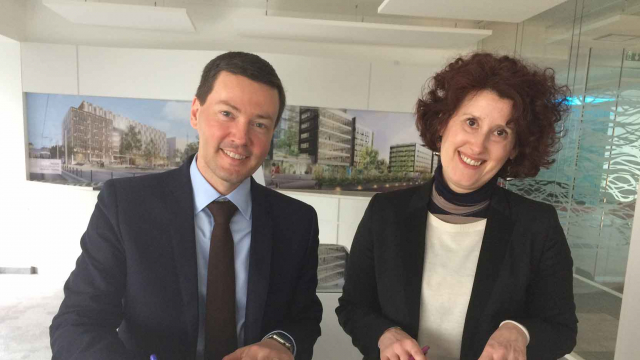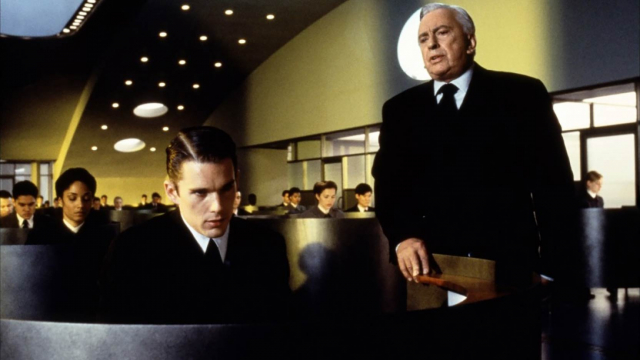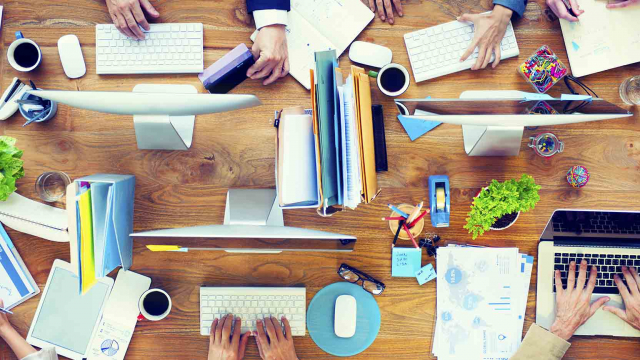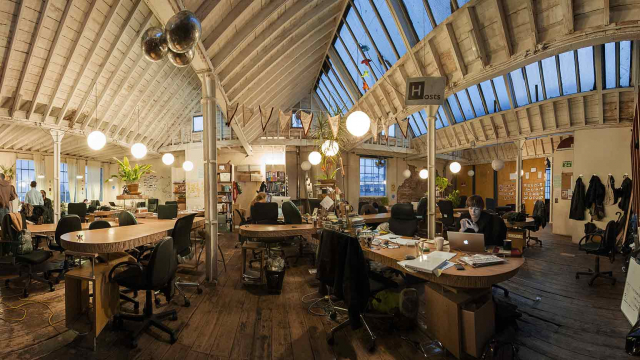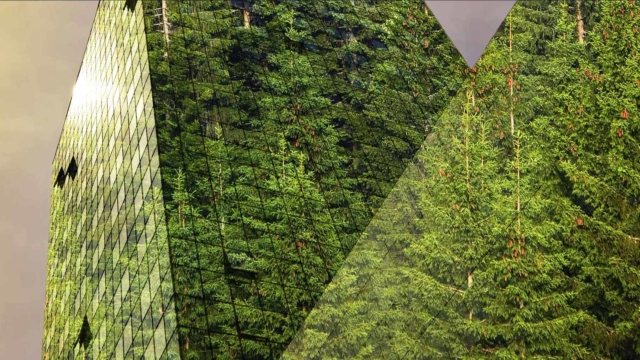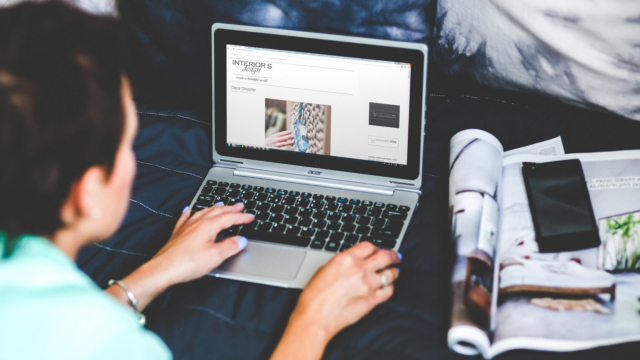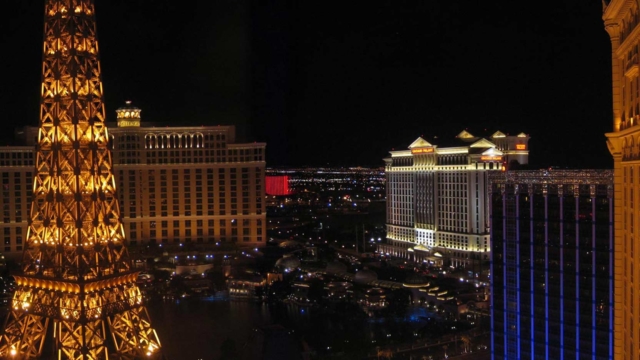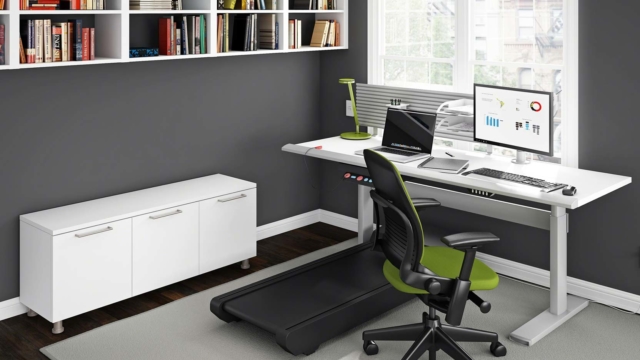NewsRoom GA Smart Building
A tour of the world’s most sustainable cities
The sustainable city is a major challenge in developed societies. It combines local objectives (quality of life, proximity, mobility) and global ones (climate, biodiversity, carbon footprint).
A short history of the lunch break
Today, the lunch break is more and more synonymous with conviviality or of a pleasant break in a day of work.
He benefits of napping at work
From "zen" spaces to futuristic nap cocoons, the practice of nap in the workplace could become widespread.
From the myths surrounding artificial intelligence to actual usage in buildings
Through the use of artificial intelligence, buildings are becoming autonomous entities capable of considering, producing and processing data.
Groupe GA continues to support the foundation Apprentis d’Auteuil
Since 2013, GA has supported the Apprentis d'Auteuil foundation, a major player in youth training and professional integration, and has renewed its patronage agreement, which enables it to support professional integration in the building sector.
Science-Fiction at work and in the office
From the tactile and ergonomic workplan to the large aseptic open space, science fiction imagines our workplaces of tomorrow.
The physical transformation of companies: the six latest trends in office life
What if the work environment was the prime factor influencing employee engagement? This was the conclusion of a study carried out by Steelcase-Ipsos, published in February 2016.
A brief history of the open plan layout
Open plan offices first appeared in the 1960s, and the concept became firmly established in companies the world over. Often accused of being a source of noise nuisance and stress.
The world’s eight most sustainable buildings
From Grenoble to Melbourne, a tour of the world's most sustainable buildings.
Emmanuelle Duez : «My bed can also be a work space.»
Emmanuelle Duez was not yet 30 when she organized The Boson Project, a committed start-up providing support to large companies that wish to set up new flexible.
CES 2016: 5 connected objects to adopt for tomorrow’s office
With the multiplication of connected objects, professional life will continue to be transformed. Close-up on 5 innovations.
The «sit–stand» desk: a remedy for sedentarism at work?
Obesity, backache, and cardio-vascular disease are some of the harmful effects on our health that can, according to a study conducted by the Observatory of Sedentarism, result from sitting all day long.
